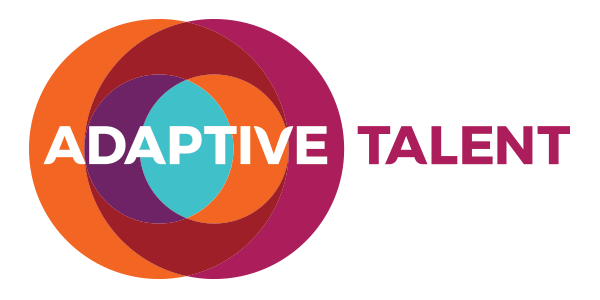He says there are six time perspectives (TP):
- Past TP – Focus on Positives
- Past TP – Focus on Negatives
- Present TP – Hedonism (joys of life)
- Present TP – Fatalism (doesn’t matter, your life is controlled)
- Future TP – Life Goal-Oriented
- Future TP – Transcendental ~ Life after death of the mortal body
- Past Positive: High
- Future: Moderately High
- Present-Hedonism: Moderate
- Past Negative: Low
- Present-Fatalism: Low
The past positive gives you roots – to connect to your identity and family – to be grounded. The future gives you wings – to soar to new destinations and challenges. Present Hedonism gives you energy – to explore people, places, self, and sensuality
Any leader should be able think about past organizations and place coworkers into one of the time perspectives. If you’ve ever studied Jung or the Myers-Briggs type indicators, I think these fit in pretty nicely with the model too. I can see those with a preference for sensing to more likely connect with a past time perspective while someone with a preference for intuition would be more aligned with a future time perspective.
As you think about your senior leadership team, this is another way to consider how diversity of perspective is impacting your ability to adapt as an organization. Doesn’t mean you have to go recruit a bunch of people with different perspectives but rather that you conduct scenario planning and have frank, everything-in-the-open discussions (with designated devil’s advocates if necessary) to ensure that your perspectives are balanced for your organization. In addition, these time perspectives and the associated stories people tell and use to create assumptions / filters will have a huge impact on your change management efforts. Is one of your functions more past time oriented? Why? Do you need everyone to be future oriented? Why?
In MBTI, the suggested approach for group idea generating and plan creating is:
- Start with Sensing: facts, data, past experiences
- Move to Intuition: connecting different themes, seemingly unrelated points of data and conclusions, and using them to draw new ideas out and to boldly predict the future
- Leverage Thinking: Deploy logic and be methodical in your analysis, putting past experiences and future scenarios through your new framework or approach; find holes in your thinking, iterate, question, etc.
- Finish with Feeling: Ask yourself if this new approach is exciting to you, does it draw you to want to deal with the change effort required to achieve it? How do you think others will respond to the idea? What might be their concerns, needs, desires, additions, etc?
In any case, the key is to have balance and to be able to follow a method of leveraging the past and the future to make the best decisions, involving your entire organization early and in meaningful ways. I think Zimbardo’s framework nicely illustrates the requirement to align people on the collective story of your organization (how we got here, why we care, why we will achieve….) if you are to make progress with change efforts. If people’s heads and hearts are aligned then there really is very little stopping you, as illustrated by winning sports teams (my beloved Chicago Bulls) and small start-ups that change the world (my beloved Apple Computer).
Photo credit and thanks to Jon Tyson
—
Adaptive Talent is a talent consultancy designed to help organizations achieve amazing results and ongoing adaptability. Founded in 2008 and based in Vancouver, Canada we offer retained search, assessments, total rewards consulting, training, leadership coaching and development programs, and culture & organizational development consulting.

